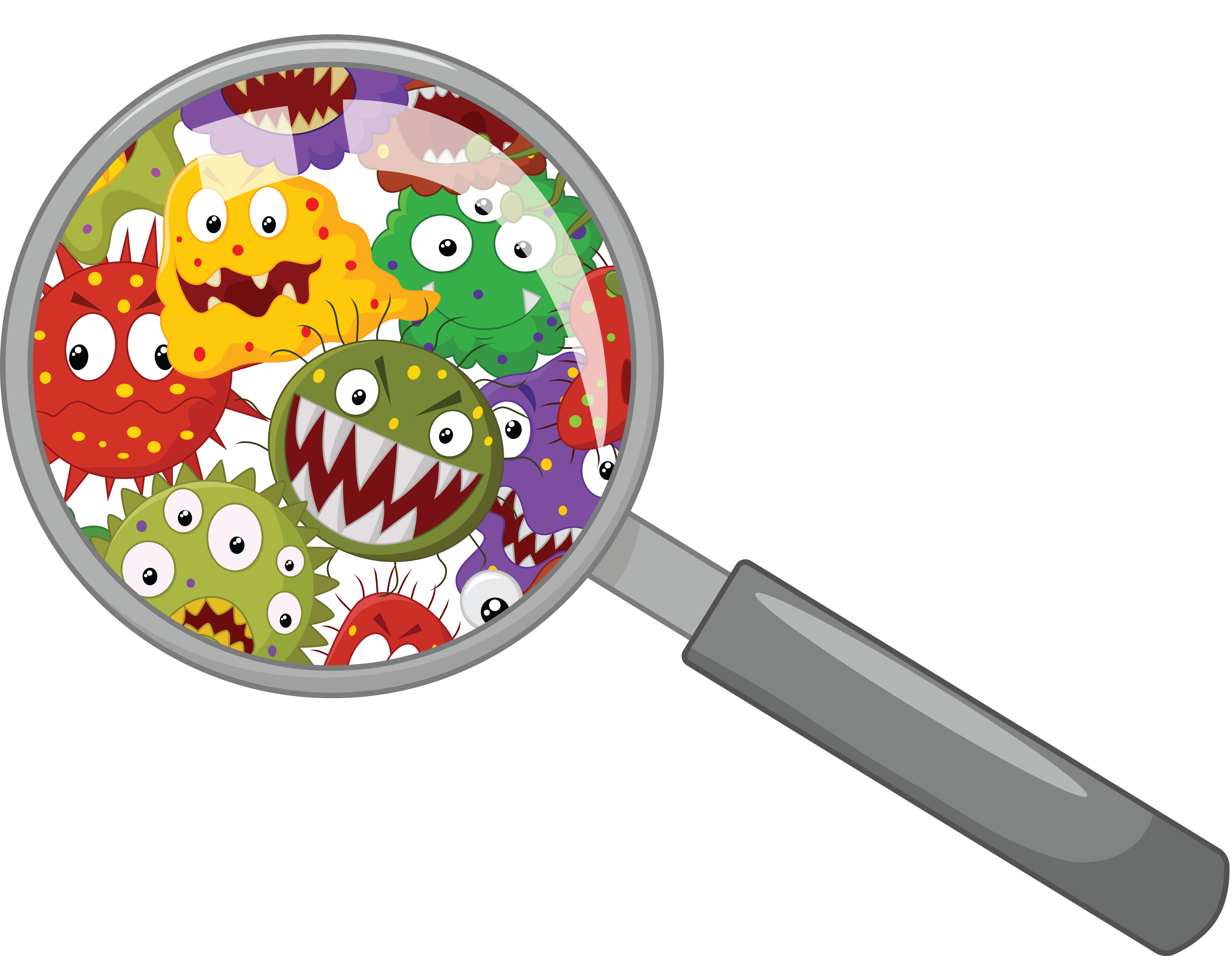Many people cringe at the thought of bacteria, and are shocked about facts relating to them. For example, studies have shown the average adult human body contains four pounds of bacteria. Bacteria cover the entire body, inside and out. The digestive tract alone contains up to 5000 different species.
The Human Microbiome is Good for You
The flora of the digestive tract is primarily composed of bacteria, but also includes additional microorganisms such as yeast. This entire ecosystem is referred to as the microbiome, and plays an essential role in human health. Humans have a symbiotic relationship with their microbiome, meaning we and the bacteria benefit from one another.
Role of the Microbiome
The good bacteria colonized within the gut are so essential to health that some refer to the microbiome as its own organ system within the body.
One importance of having ample amounts of good bacteria is that they create a protective layer for the digestive tract, leaving no room for harmful bacterial to reside. Additionally, they contribute to a healthy lining of the gut wall, which provides a filter for unwanted allergens and pathogens. Any alterations in this protective barrier can lead to gastrointestinal infections or increased intestinal permeability, often referred to as leaky gut syndrome. With such loss of intestinal wall integrity, the body is more susceptible to rheumatoid conditions, allergic reactions, autoimmune diseases, and generalized inflammation.
Another important function of the microbiome is to facilitate the metabolism of various nutrients, which the bacteria can use as fuel sources. In doing so, they create byproducts that we are able to utilize for our own nutritional needs. Examples of nutrients gained from bacterial metabolism include vitamin K, short-chain fatty acids, folic acid, and biotin.
The Development of the Microbiome
For the most part, a baby in the mother’s womb is sterile, meaning bacteria have not yet colonized the gastrointestinal tract. The natural way a baby becomes colonized with bacteria is by exiting the birth canal during delivery. During this process, the child is inoculated with the bacteria from the mother. This allows the baby to start developing a microbiome. Babies born via Cesarean section skip this colonization process, and instead are first exposed to bacteria from the surrounding environment. While this may have no long-term consequences for some, others born via C-section may develop allergies later in life because of this alteration in the initial colonization of bacteria. This exemplifies the correlation between immune health and the intestinal microbiome.
Alterations of the Microbiome
As a person ages, the microbiome is altered by a number of factors, including diet, digestion, stress, hormones, infections, and environment. Sometimes, the alteration is beneficial, and helps with good bacteria survival. An example of this is eating fermented foods that contain helpful microorganisms called probiotics.
Other times, the factors can have negative effects on the flora, and can lead to microbial imbalances called dysbiosis. One example of this is a diet high in alcohol or refined carbohydrates, which can contribute to an overgrowth of yeast within the body. Certain medications, such as antibiotics, steroids, and birth control pills, also can contribute. The damage done by these medications on the gut flora can be difficult to completely restore. That is why certain medications should not be used in excess, and —alternative treatments should be tried when appropriate.
Types of Dysbiosis
Not all types of dysbiosis are created equally. Variations include an excess of normal flora, such as with yeast infections or small bowel bacterial overgrowth (SIBO), displacement of normal flora in inappropriate locations, presence of pathogenic bacteria, or a mutation in good bacteria as seen with drug resistant strains. Because of the vast differences in variation, treatment differs from person to person. It can range from antimicrobials to get rid of bad bacteria, probiotics to help with good bacteria, nutritional modifications, or alterations in medications. Working with a doctor is the best way to get proper treatment to help restore balance.
Dysbiosis Symptoms and Long-term Effects
If you have dysbiosis, don’t ignore it. Dysbiosis diminishes the beneficial effects of a healthy ecosystem within the body, and has been linked to a number of conditions. Dysbiosis often causes common gastrointestinal signs and symptoms such as gas, bloating, constipation, diarrhea, and heartburn. However, it can lead to other symptoms that may seem unrelated to gut health, such as acne, rashes, hives, headache, brain fog, and fatigue. Additionally, dysbiosis is under investigation for linkages to various rheumatoid conditions, autism, allergies, and even certain types of cancer.
While the complexity of dysbiosis continues to be researched, our understanding has come a long way in discovering the vast linkage between the human microbiome and health, allowing for the medical community to better help people restore balance within their bodies.
Dr. Tonya Pasternak is a board certified naturopathic physician with a family practice in Manchester at Connecticut Natural Health Specialists. All of the physicians there are in-network providers for most insurance companies. Dr. Pasternak is accepting new patients; to schedule an appointment please call (860)533-0179.
